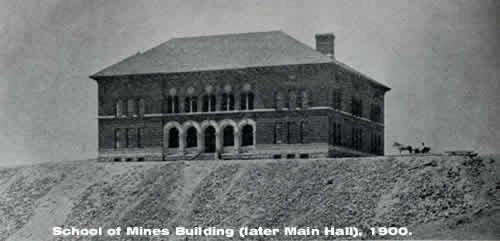
The History of Montana Technological University
Opening in 1900 as the Montana State School of Mines, Montana Tech’s funding and land came from the Enabling Act of 1889, which admitted Montana to the Union and allocated 100,000 acres of public land to establish a state school of mines.

Montana Tech specializes in the areas of science, technology, engineering, math, and healthcare disciplines and has repeatedly been recognized among the top universities in America.
Montana Tech offers certificate programs, associate, bachelor, and master’s degrees along with a Ph.D. in Materials Science. All degree offerings derive a special emphasis from the unique setting and continued tradition of high quality that has characterized Montana Tech since its founding.
The exceptional job placement rate of graduates, our successful alumni, combined with the low cost of attendance in a highly personalized environment, attest to both quality, value, and overall return on investment. Offering practical, hands-on learning, Montana Tech provides the opportunity for students looking to be difference-makers, leaders, innovators, healers and problem-solvers.